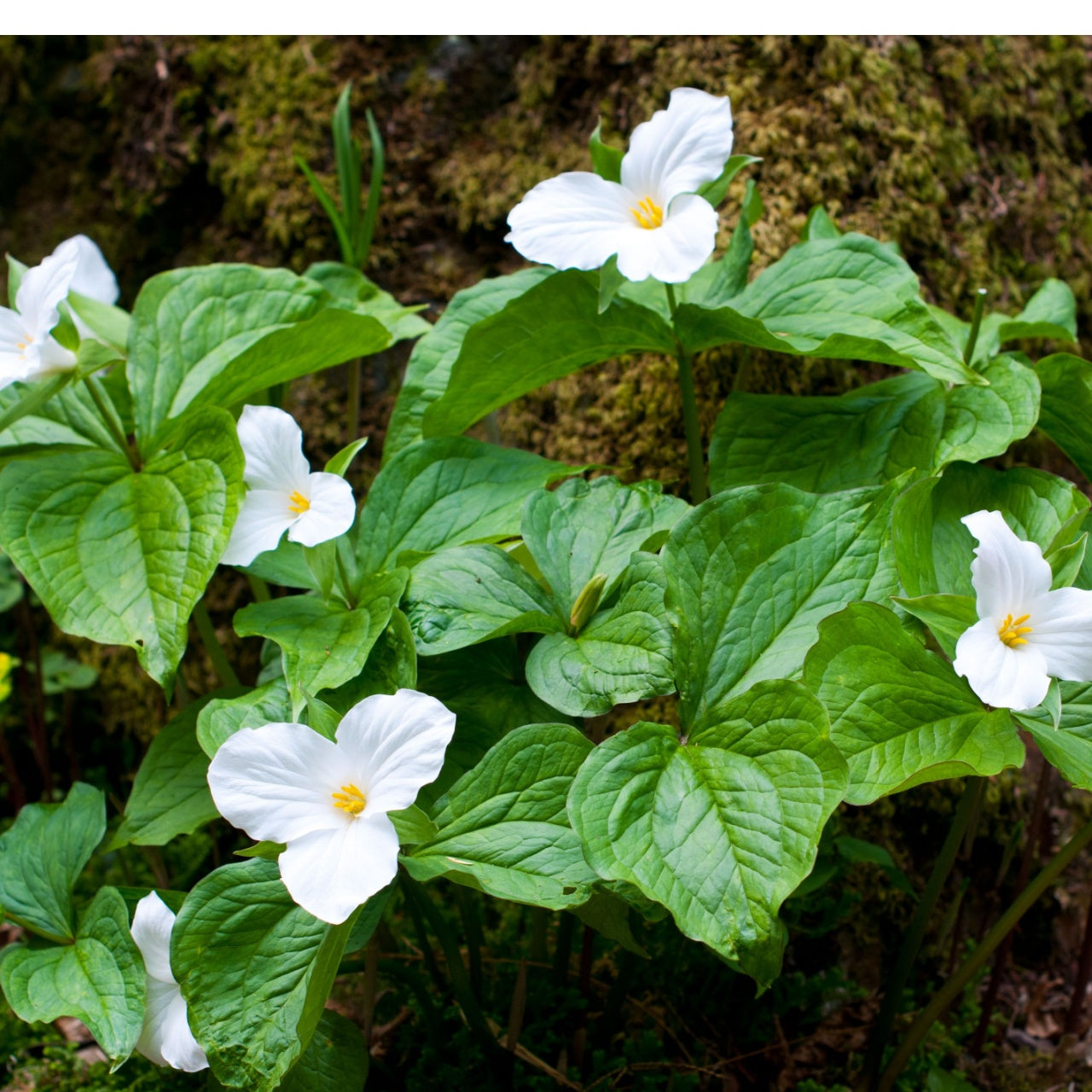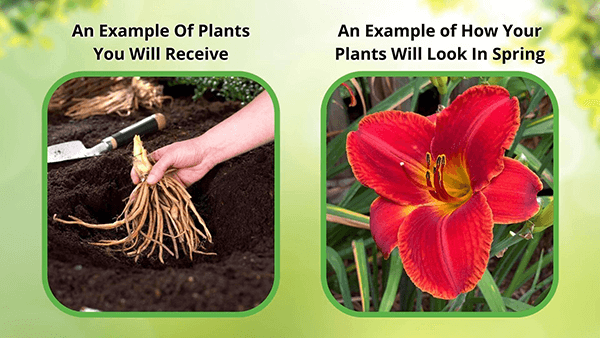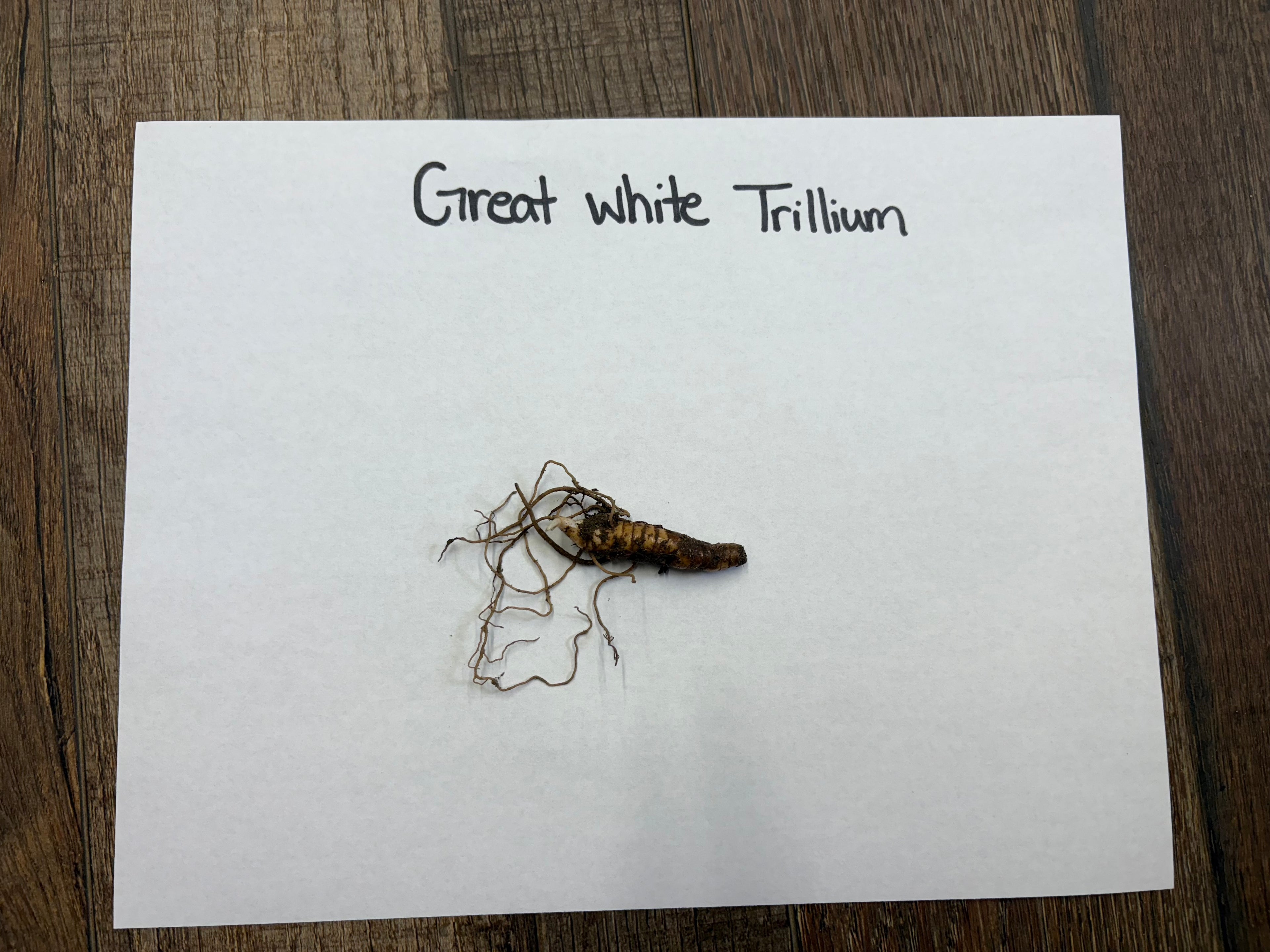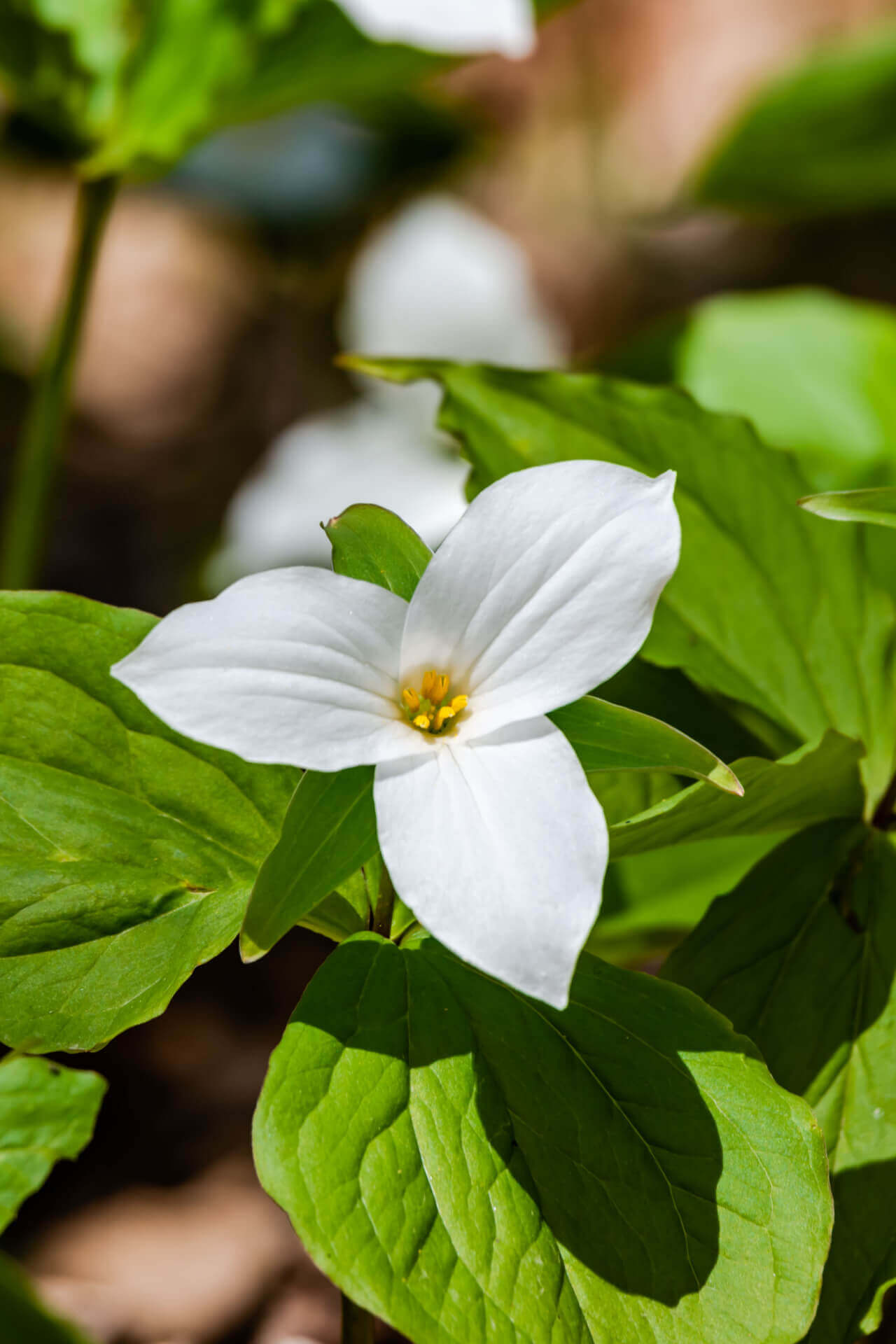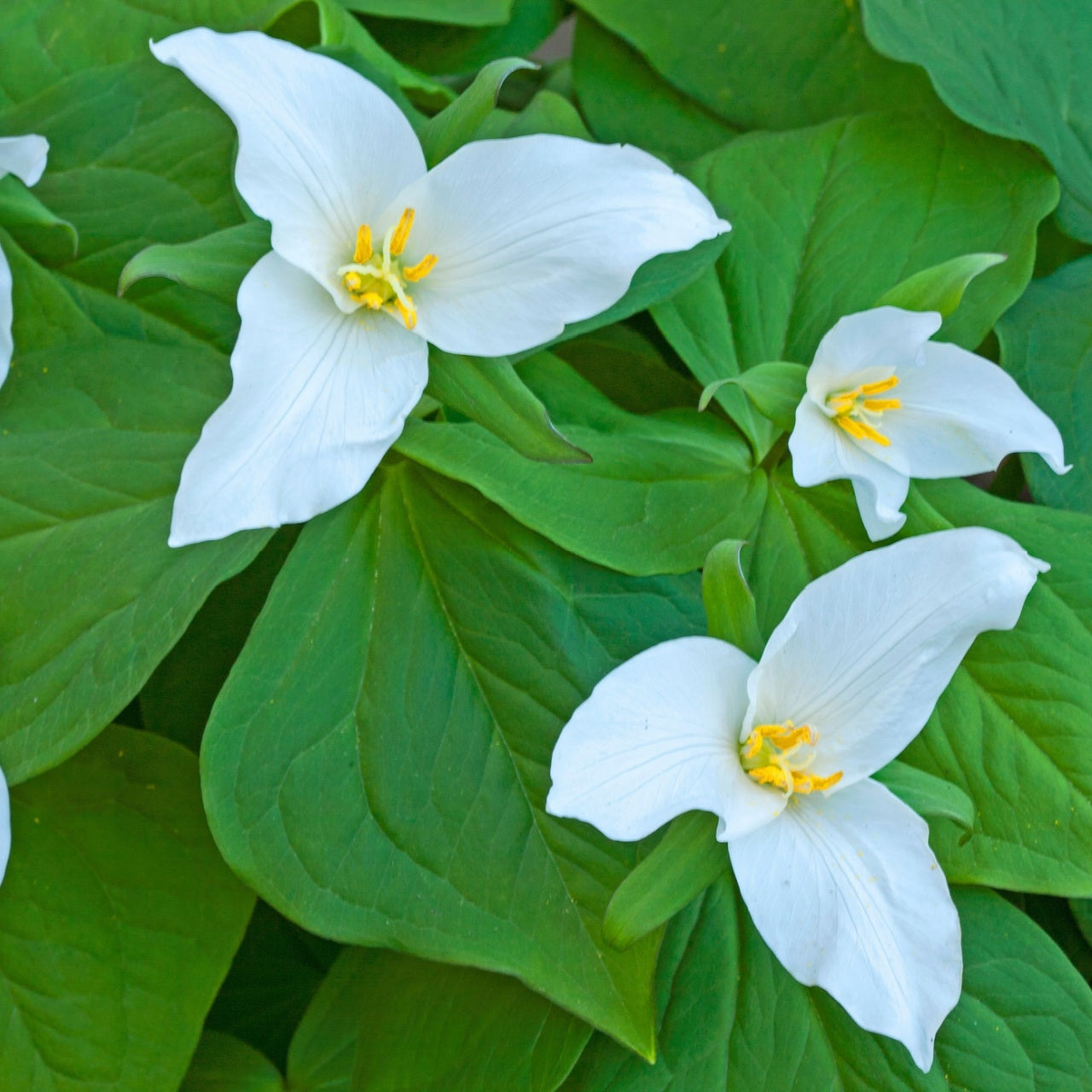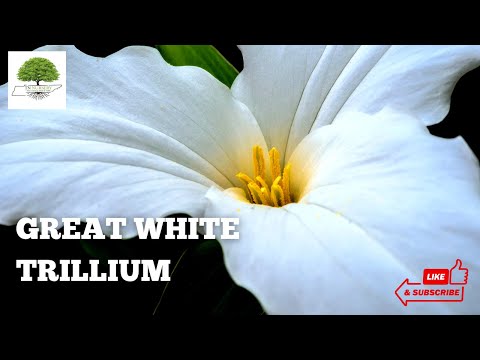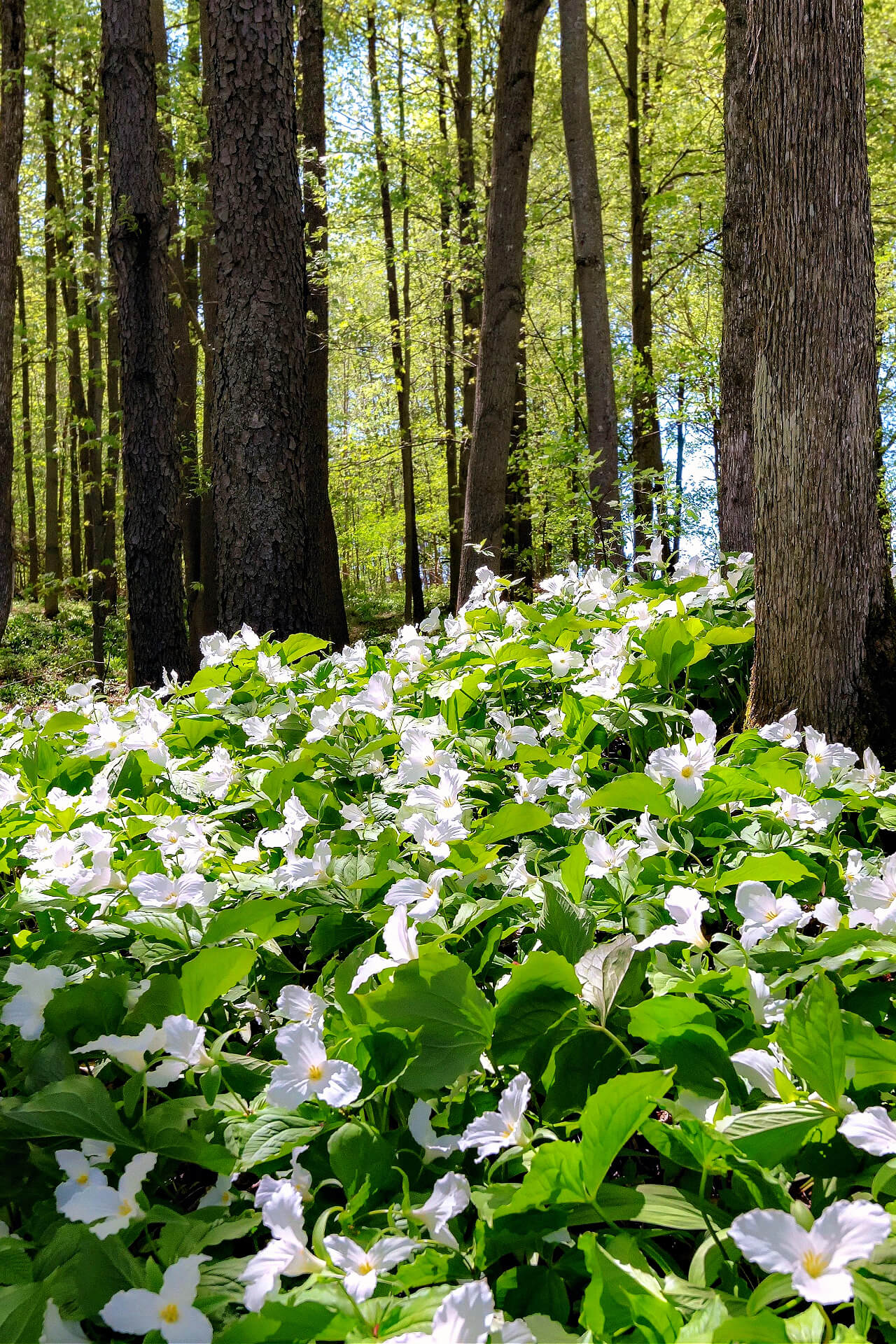White Trillium Perennial Plant For Sale
White Trillium will become your latest horticultural obsession the second you see one in person. This rare, uniquely beautiful find deserves a spot in your garden. It has creamy white flowers, three-petaled petals, and three large leaves. It not only attracts pollinators to your shade garden, but it also takes this beauty seven years to bloom. At TN Nursery, we sell blooming-age perennial plants. This is a rare and exotic species you will hardly find online or offline.
Tammy Sons states, "The Great White Trillium is a showstopper because of its aesthetics, rarity, and ability to thrive in almost any type of soil: It's one TN Nursery does not advertise due to its limited availability.
White Trillium Grandiflorum Plant Details
Family: Melanthiaceae
Light Requirement: Full Shade
Water Needs: Moist
Height: 10 – 12 in.
Spread: 6 – 12 in.
Growth Rate: Slow
Bloom Time: Spring
Flower Color: White
Wildlife Value: Attracts bees
Landscape Uses and Maintenance
White Trilliums are long-lasting, herbaceous perennials that will add vibrant beauty to any garden for many years. Their pure white flowers bloom in spring. In its native habitat, you can find them in deciduous forests, but conservationists have been watching them. Buy this rare plant to have it in your garden and support the population.
Shade gardeners, look no further! Plant Great White Trillium in dappled sunlight to keep it happy. It prefers full to partial shade over being exposed to sunlight. Plant it in the border, in your shade garden, or in a large group in a woodland garden. This plant will naturalize and spread over time. Plant it in abundance with Twinleaf, ferns, Bleeding Heart, and other spring-blooming flowers.
Noteworthy Characteristics
White Trillium Grandiflorum and others in this family get their botanical name from “Tri” due to their unique pairs: three petals and three leaves.
Exposure
White Trillium (grandiflorum) thrives in dappled or partial shade, mimicking its natural woodland habitat. It prefers filtered light with protection from direct sun, which can help maintain its delicate foliage and promote healthy growth.
Height at Maturity
Under 12"
Usage
Shade Plant
Shipped As
Bare-root
Ships
USPS
Planting Zones
4-8
